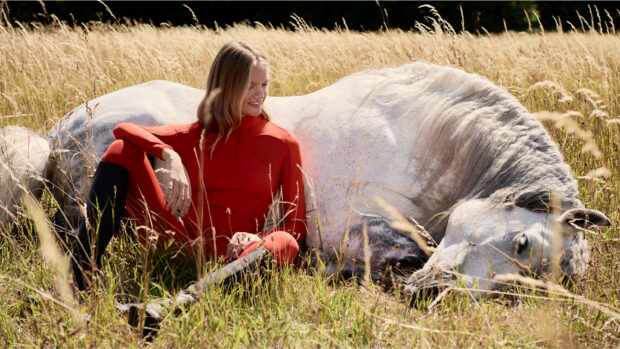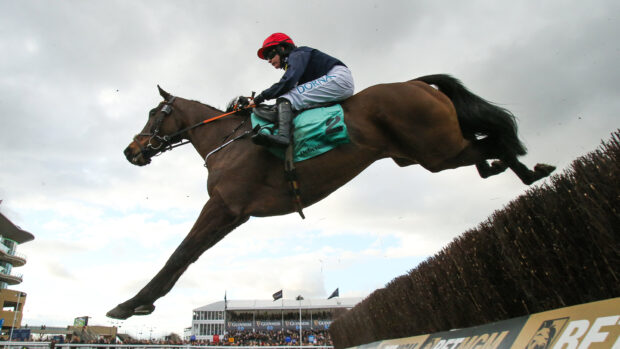The Labrador Retriever is the most popular of all pedigree breeds, according to the UK Kennel Club, and we can see why. Labrador Retrievers – or “labs” as they are commonly known” are renowned for their versatility, loyalty, friendliness and trainability. They can equally adeptly turn their paw to working as an assistance dog, in the field as a gundog or as a loving family companion. Everyone loves them, from gamekeepers to children, presidents, royalty – whether the kingly or Hollywood kind.
Well-established now on both sides of the Atlantic, the breed originated in Newfoundland, Canada, within the fishing industry, where they would assist fishermen in retrieving nets and lines, and pull carts loaded with fish. Thanks to these marine roots, with their oily coat and webbed toes, the Labrador is a superb water dog.
Confusingly, another rather different breed originated from a similar area – the shaggy-coated Newfoundland. However, the Newfoundland is more likely to come from the neighbouring Labrador territory, and the Labrador from Newfoundland. But the Labrador we know and love really became established in the 19th century Britain, thanks to the Earl of Malmesbury, who set up a breeding programme for these game, impeccable retrievers for the hunting field. The first breed club was established in 1916.

Labrador Retriever breed: fact file
Kennel Club breed group: gundog
Size: medium to large
Daily exercise: more than two hours a day.
Coat: short, shedding
Colours: black, chocolate/liver and yellow in solid colours (a small white spot on chest and the rear of front pasterns is acceptable). Yellows vary from light cream to fox red. Brown or hazel eyes.
Lifespan: more than 10 years.
Bark: moderate barkers
History: developed in the province of Newfoundland, Canada, where they worked alongside fishermen, diving for cod, hauling in nets and lines, and pulling carts loaded with fish. It is thought that English traders brought over hunting dogs, which they crossed with the smaller Labrador prototype, known as the St John’s dog (after the capital of Newfoundland), resulting in the breed we now today. The Earl of Malmesbury is credited with establishing a breeding programme, having been impressed by their duck hunting skills.
Distinctive features: strong and short-coupled, active. A rounded “otter tail” – thick at the base, tapering toward the tip and free from feathering.
Temperament: intelligent, keen and biddable with a kind nature and a desire to please.
Things to consider: Labradors can be prone to joint problems and arthritis so make sure their kip is restful with one of the best orthopaedic dog beds. There are also treats and joint supplements for dogs on the market specifically designed to alleviate joint pain.
Although their coats are short, they are very dense and benefit from regular grooming with a good brush. You may also want to invest in one of the best hoovers for dog hair to keep your home fuzz-free.
Training: Labrador Retrievers have high energy levels so need plenty of socialisation and exercise. This is a naturally trainable, biddable breed – if you do your job right, they’ll do theirs. They are superb at retrieving and scent work, but are also in demand for elite training as assistance, sniffer and search-and-rescue dogs.

Your Labrador Retriever Puppy
This book provides new puppy owners with everything you need to know and do at each stage of development to make sure your puppy grows into a happy, healthy, and well-adjusted companion.

The Complete Guide To Labrador Retrievers
Using interviews with seven top Labrador Retriever breeders, author Dr. Joanna de Klerk takes an in-depth look at what it takes to successfully live with, raise, and train a lab.

All about the English springer spaniel

All about the foxhound

10 of the most expensive dog breeds in the world – how does your pooch measure up?

Who’s a clever dog? The 7 smartest dog breeds in the world

50 funny dog names to raise a smile without embarrassing your canine friend

Subscribe to Horse & Hound magazine today – and enjoy unlimited website access all year round
Horse & Hound magazine, out every Thursday, is packed with all the latest news and reports, as well as interviews, specials, nostalgia, vet and training advice. Find how you can enjoy the magazine delivered to your door every week, plus options to upgrade your subscription to access our online service that brings you breaking news and reports as well as other benefits.




